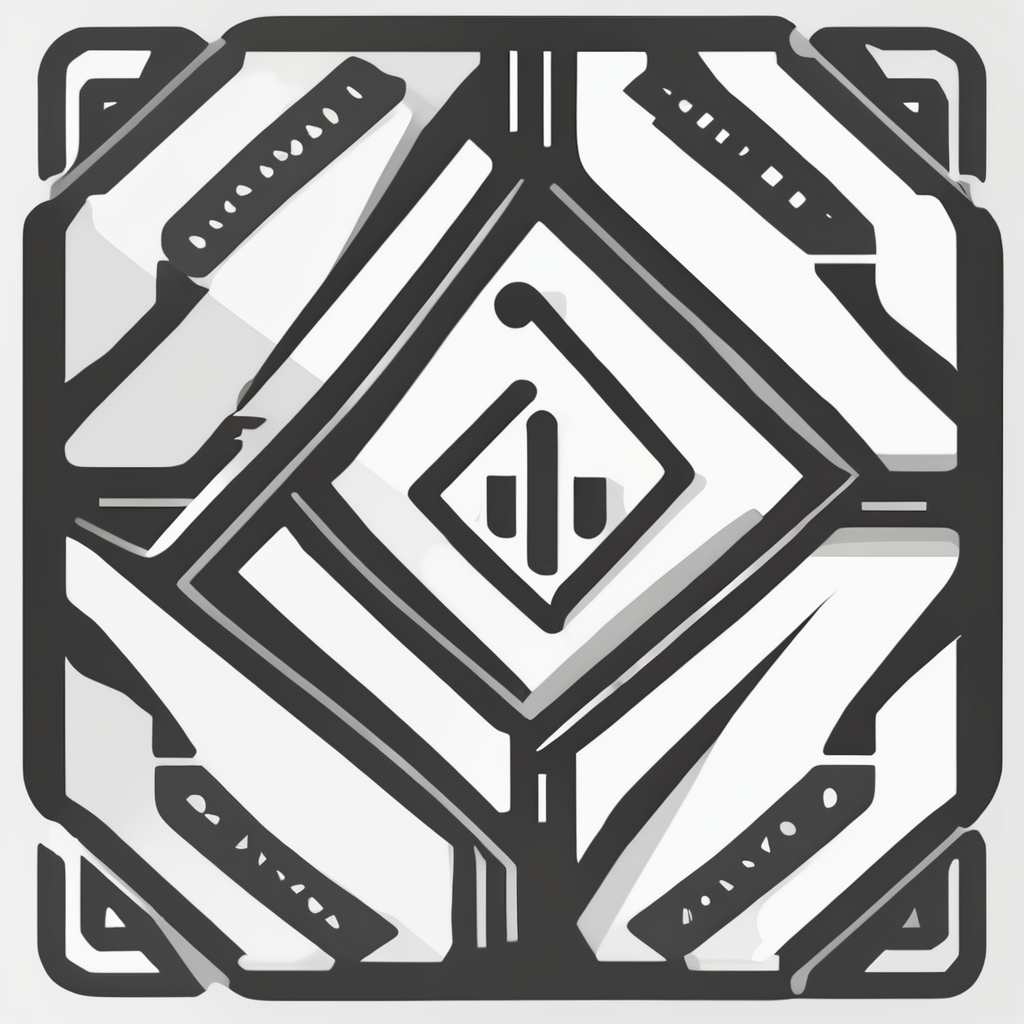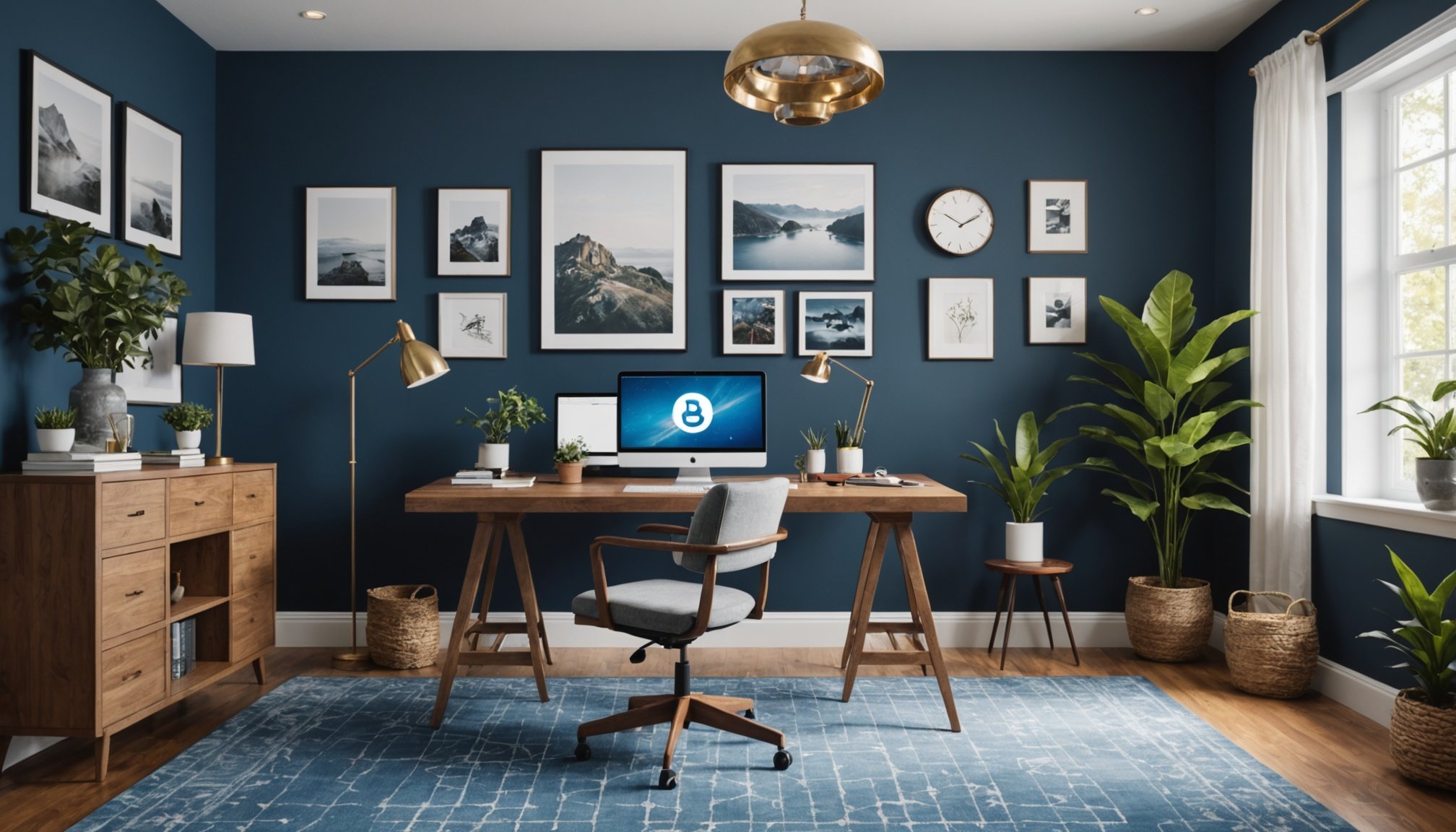Designing Your Dream Home Office as an Aspiring Podcast Pro: A Comprehensive Guide
Understanding Your Needs and Goals
When it comes to designing your dream home office, especially as an aspiring podcast pro, it’s crucial to start by understanding your specific needs and goals. Your home office is more than just a workspace; it’s the hub of your creative and professional life.
Identifying Your Requirements
Before you begin designing, take some time to reflect on what you need from your home office. Here are some key questions to consider:
Topic to read : Transform your home with a warm and safe fireplace retreat: essential design insights for families
- Space and Layout: How much space do you have available? Do you need a dedicated room, or can you carve out a corner in a larger room?
- Equipment and Tools: What equipment do you need for your podcasting setup? This includes microphones, headphones, a computer, and possibly a mixer or recorder.
- Comfort and Ergonomics: How will you ensure your workspace is comfortable and ergonomic? This includes considerations for seating, lighting, and desk height.
- Inspiration and Motivation: What elements will inspire and motivate you to create your best content?
Setting Clear Goals
Your goals will also play a significant role in how you design your home office. Here are a few examples:
- Professional Growth: If you’re aiming to grow your podcast and turn it into a full-time business, you’ll need a space that can accommodate more equipment and possibly guests.
- Work-Life Balance: If you’re working from home, it’s essential to create a space that helps you separate work from personal life.
- Creativity and Innovation: If you want to stay creative and innovative, your space should be designed to foster inspiration.
Choosing the Right Design Elements
The design of your home office is critical to your productivity, comfort, and overall success as a podcast pro. Here are some key design elements to consider:
Have you seen this : Designing your serene screen-free family retreat: a comprehensive guide for modern homes in the digital age
Lighting
Lighting can significantly impact your mood and productivity. Here are some tips for optimal lighting:
- Natural Light: If possible, position your workspace near a window to take advantage of natural light.
- Task Lighting: Use desk lamps or under-cabinet lighting to provide focused light where you need it.
- Ambient Lighting: Soft overhead lighting can help create a comfortable atmosphere.
Ergonomics
Ergonomic design is essential for long hours of recording and editing. Here are some tips:
- Adjustable Desk: Invest in an adjustable desk that allows you to switch between sitting and standing.
- Comfortable Seating: Choose a chair that provides good lumbar support and is adjustable.
- Monitor Placement: Ensure your monitor is at eye level and at a comfortable distance.
Acoustics
For podcasting, good acoustics are crucial. Here are some tips to improve the acoustics in your home office:
- Soundproofing: Use soundproofing materials like acoustic panels or DIY solutions like thick curtains and rugs to reduce echo and external noise.
- Microphone Placement: Position your microphone in a way that minimizes background noise and echo.
Essential Tools and Equipment
As a podcast pro, you’ll need the right tools and equipment to ensure high-quality recordings and efficient workflow. Here’s a detailed list of what you might need:
Recording Equipment
- Microphone: A good quality microphone such as the Blue Yeti or Rode NT-USB.
- Headphones: Comfortable, noise-cancelling headphones like the Sony MDR-7506 or Audio-Technica M50x.
- Pop Filter: To reduce plosive sounds and improve audio quality.
- Boom Arm: For easy microphone placement.
Software and Hardware
- Recording Software: Programs like Audacity, Adobe Audition, or Logic Pro X.
- Computer: A powerful computer with sufficient RAM and storage.
- External Hard Drive: For backing up your files.
- Mixer or Recorder: Optional, but useful for more complex setups.
Comfort and Organization
- Ergonomic Chair: A comfortable, adjustable chair.
- Desk Organizer: To keep your workspace tidy and organized.
- Whiteboard or Bulletin Board: For brainstorming and note-taking.
Creating a Functional and Stylish Space
Your home office should not only be functional but also reflect your personal style and inspire creativity. Here are some tips to achieve this balance:
Personal Touches
- Art and Decor: Hang artwork or prints that inspire you.
- Plants: Add some greenery to improve air quality and aesthetics.
- Personal Items: Display personal items like photos, awards, or mementos.
Color Scheme
- Calming Colors: Use colors like blue, green, or neutral tones to create a calm and focused environment.
- Accent Colors: Add pops of color through furniture or decor to keep the space lively.
Storage and Organization
- Shelves and Cabinets: Use storage solutions to keep your equipment and supplies organized.
- Cable Management: Keep cables tidy with cable ties or cable organizers.
Tips for Success as a Podcast Pro
Beyond the physical design of your home office, there are several tips that can help you succeed as a podcast pro:
Consistency and Routine
- Schedule Regularly: Set a regular recording schedule to maintain consistency.
- Preparation is Key: Always prepare thoroughly before each episode, including research and scripting.
Engagement and Community
- Social Media Presence: Use social media platforms like Instagram, Facebook, and Twitter to engage with your audience.
- Feedback Loop: Encourage feedback from your listeners to improve your content.
Continuous Learning
- Stay Updated: Keep up with the latest trends and technologies in podcasting through workshops, webinars, and industry blogs.
- Join Communities: Participate in podcasting communities or join a Facebook group for podcasters to network and learn from others.
Real-Life Examples and Inspirations
Looking at how other podcasters and designers have set up their home offices can be incredibly inspiring and informative.
The Trend Report Podcast
Sid Meadows, the host of The Trend Report, focuses on contract interiors, particularly office furniture. His insights into creating functional and stylish spaces can be very useful for designing a home office that is both efficient and aesthetically pleasing[1].
yourHOME by design Podcast
Nico from yourHOME by design emphasizes the link between interior design and neuroaesthetics. Her podcast offers practical tips on how small design changes can foster better habits and support a lifestyle that aligns with your goals for wellness and fulfillment. This approach can help you create a home office that not only looks good but also feels good and supports your well-being[1].
Comparative Analysis of Popular Home Office Designs
Here’s a comparative table of different home office design approaches, highlighting their key features and benefits:
| Design Approach | Key Features | Benefits |
|---|---|---|
| Minimalist | Simple decor, minimal furniture, lots of natural light | Promotes focus, reduces distractions, easy to maintain |
| Ergonomic | Adjustable desk, ergonomic chair, proper lighting | Enhances comfort, reduces health risks, boosts productivity |
| Creative | Colorful decor, inspirational artwork, flexible layout | Fosters creativity, keeps the space lively, accommodates different tasks |
| Tech-Integrated | Smart lighting, automated systems, high-tech equipment | Increases efficiency, provides advanced tools, enhances overall experience |
Practical Insights and Actionable Advice
Here are some practical insights and actionable advice to help you design and optimize your home office:
Start Small
- Begin with the essentials and gradually add more elements as you grow.
- “Start small, but think big,” advises Marc from the Beyond Interior Design Podcast. “Your space should evolve with your needs and goals”[1].
Be Flexible
- Be open to changing your design as your needs change.
- “Design is not a one-time task; it’s an ongoing process,” says Nico from yourHOME by design. “Be willing to make adjustments as you learn and grow”[1].
Seek Inspiration
- Look at various design styles and find what resonates with you.
- “Inspiration can come from anywhere,” notes Sid Meadows from The Trend Report. “Keep an eye on industry trends and incorporate elements that fit your vision”[1].
Designing your dream home office as an aspiring podcast pro is a multifaceted task that requires careful consideration of your needs, goals, and the tools you need to succeed. By focusing on functional design, ergonomic comfort, and personal touches, you can create a space that not only supports your business but also enhances your overall well-being.
Remember, your home office is your spot where you can grow your business, engage with your audience, and continuously learn and improve. Make it a space that reflects your brand, inspires creativity, and helps you thrive in the world of podcasting. With the right design and mindset, you can turn your home office into a hub of productivity, creativity, and success.











